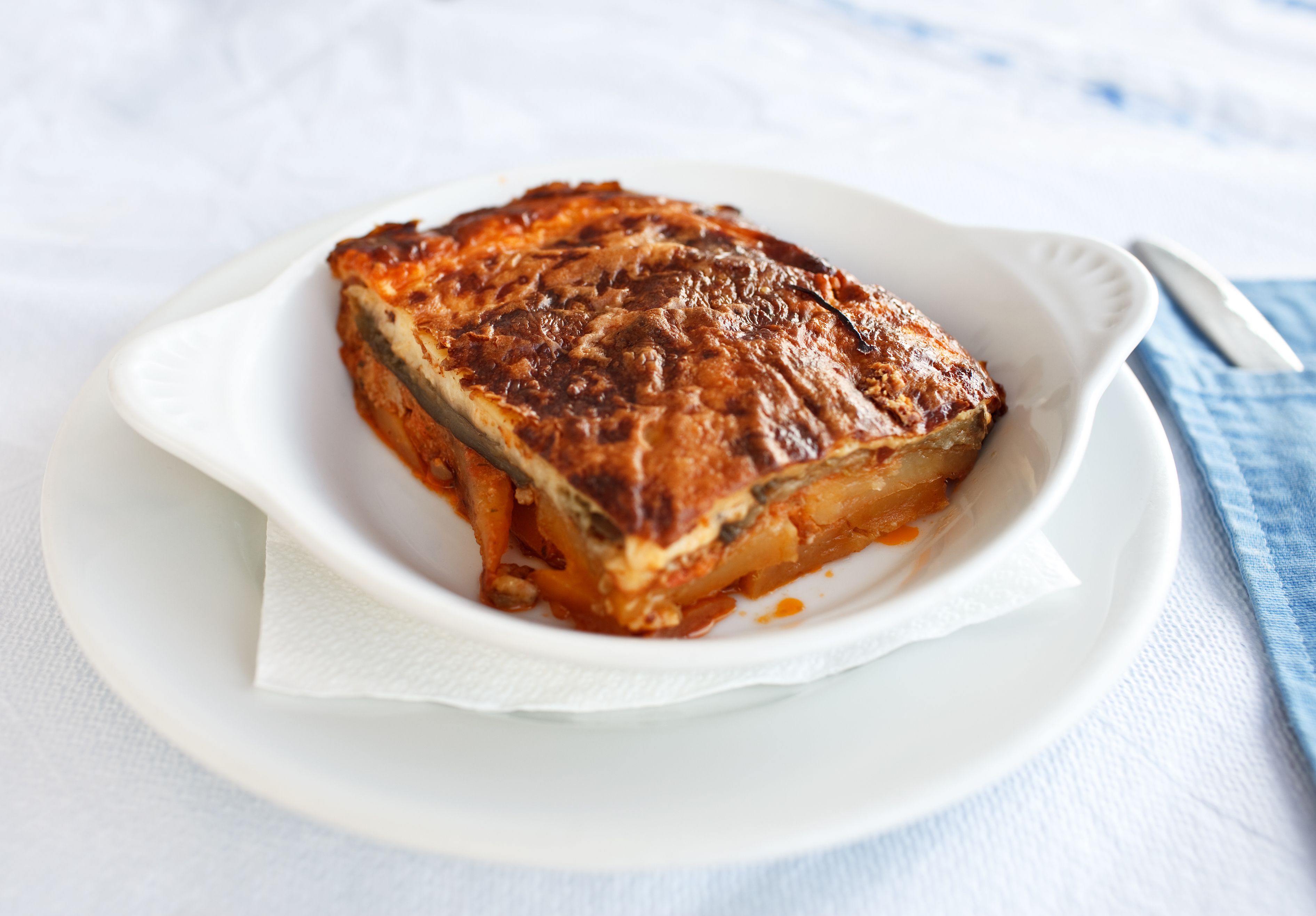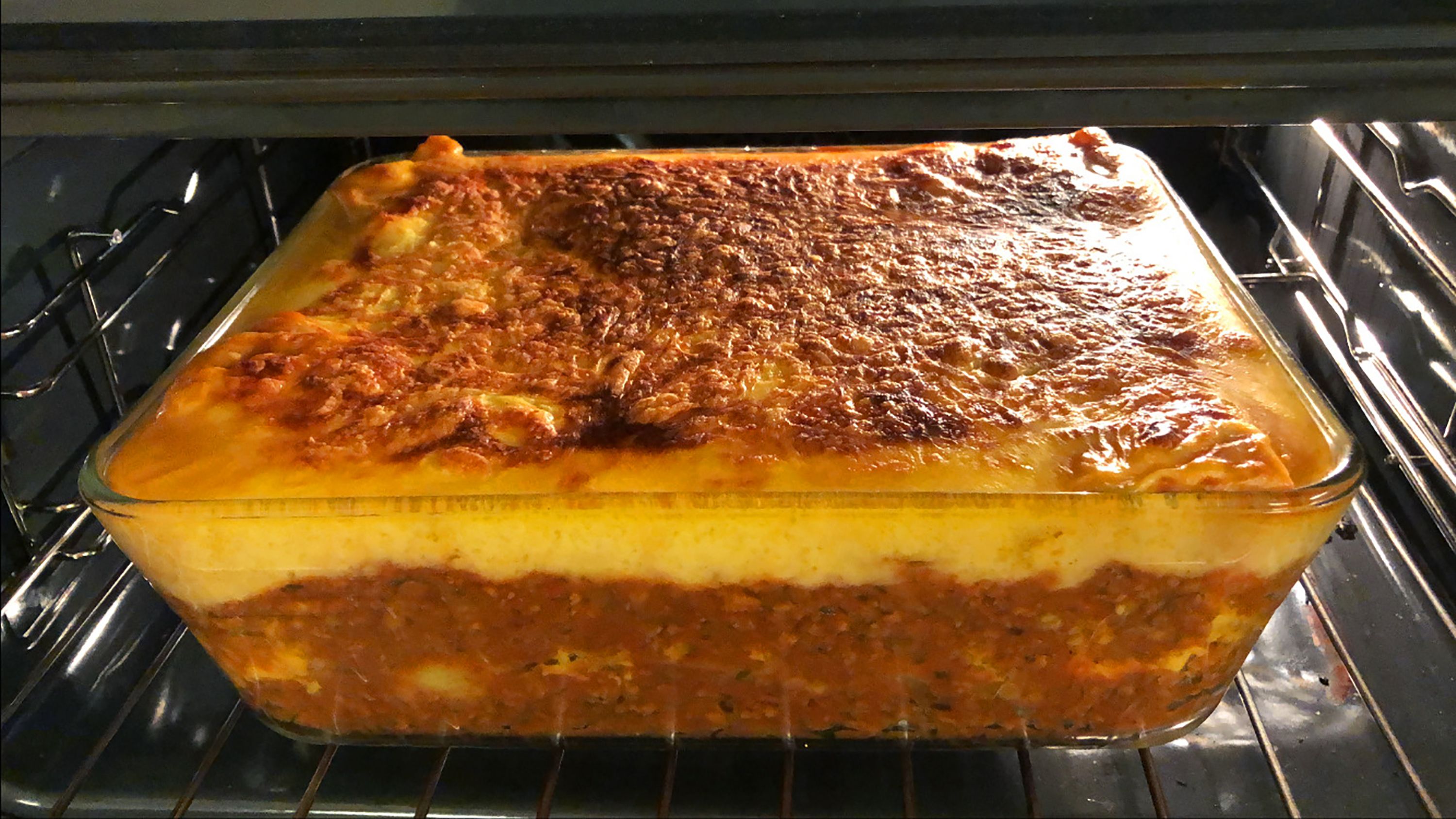Exploring the Layers of Greek Moussaka
The Rich History of Moussaka
Moussaka is a dish that captivates the senses with its layers of flavors and textures. Originating from the Eastern Mediterranean region, this classic dish has evolved over centuries, becoming a staple in Greek cuisine. While variations exist across different cultures, Greek moussaka stands out with its distinctive combination of ingredients.
The roots of moussaka can be traced back to the Arab world, where the name itself is derived from the Arabic word “musaqa‘ah,” meaning “chilled.” However, the version most people are familiar with today was refined and popularized in Greece in the early 20th century. This journey through history has made moussaka a beloved dish around the globe.

Ingredients That Make Moussaka Unique
The beauty of moussaka lies in its *layers*, each contributing to the dish's overall complexity and depth. A traditional Greek moussaka consists of several key components:
- Eggplant: Slices of eggplant are lightly fried or roasted, forming the base layer.
- Potatoes: Often included for additional texture and heartiness.
- Ground Meat: Typically lamb or beef, cooked with onions, garlic, and spices.
- Béchamel Sauce: A creamy topping made from butter, flour, and milk.
- Cheese: Grated cheese is often sprinkled on top for a golden crust.
This carefully assembled ensemble is baked to perfection, resulting in a comforting dish that warms both heart and soul. Each ingredient plays a vital role, creating a harmonious blend of flavors.
The Art of Layering
The process of layering is what transforms simple ingredients into the masterpiece that is moussaka. It begins with a foundation of sliced eggplant, which is meticulously arranged in a baking dish. This is followed by a layer of sautéed ground meat, seasoned with herbs and spices that imbue the dish with an aromatic allure.
The addition of potatoes introduces a delightful contrast in texture, while the velvety béchamel sauce envelops everything in rich creaminess. Finally, a sprinkle of cheese is added to create a tantalizing crust that finishes the dish.

Cultural Significance of Moussaka
Moussaka is more than just a dish; it is a symbol of Greek hospitality and tradition. It is often served at family gatherings and celebrations, embodying the essence of sharing and community. The preparation of moussaka itself is an act of love, as it requires patience and attention to detail.
This culinary delight also bridges cultural gaps, as variations of moussaka can be found in several countries. Whether enjoyed in Greece, Turkey, or the Balkans, each version tells its own story while celebrating common heritage.
Pairing Moussaka with the Perfect Sides
To elevate your moussaka experience, consider pairing it with traditional Greek sides. A fresh Greek salad with tomatoes, cucumbers, olives, and feta provides a refreshing contrast to moussaka’s richness. Additionally, serve it alongside crusty bread to soak up any remaining sauce on the plate.
A glass of red wine complements the robust flavors of moussaka beautifully. Opt for a Greek wine like Agiorgitiko or Xinomavro to enhance your dining experience further.

Tips for Making Moussaka at Home
Creating moussaka at home can be a rewarding culinary adventure. Here are some tips to help you perfect this classic dish:
- Select fresh ingredients: Quality produce and high-grade meat are essential for authentic flavor.
- Pre-cook your eggplant: Frying or roasting the eggplant slices before layering helps reduce bitterness.
- Be patient with béchamel: Stir continuously to avoid lumps and achieve a smooth consistency.
By following these tips, you can recreate the magic of Greek moussaka in your own kitchen and impress your guests with this timeless classic.
Savoring the Layers
Moussaka is a celebration of flavors that speaks to the heart of Greek cuisine. With each bite, you experience a symphony of tastes that have been perfected over generations. Whether you enjoy it at a local taverna or make it at home, moussaka invites you to slow down and savor each thoughtfully crafted layer.
This dish not only nourishes the body but also enriches the soul, reminding us of the power of food to connect us to our roots and traditions. So next time you have the opportunity to enjoy moussaka, remember its storied past and the love that goes into each and every layer.
